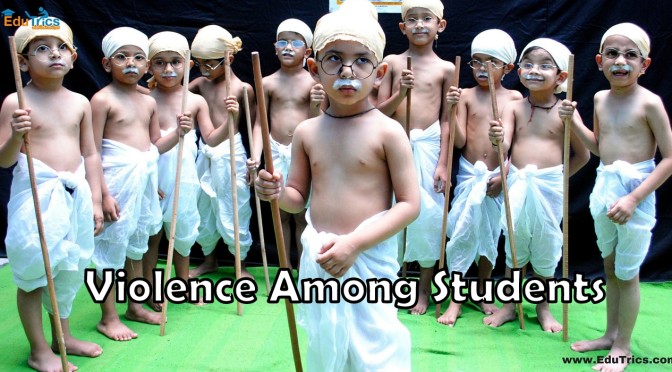
Violence among students can cause adverse effects to students themselves and the institution’s property. While boys may experience beating or bullying, girls may be at risk of sexual assault or other forms of harassment. Learners who may be victims of violence are often traumatized and their self-esteem lowered. The following actions will help prevent violence in your college:
You can teach learners how to apply life skills in violence prevention. For instance, life skills can enable learners to:
Lack of communication has been seen to be the biggest cause of violence in learning institutions. Being there and open to communication to your students will ensure there is no violence in your school, won’t you?
Featured Image: scmp